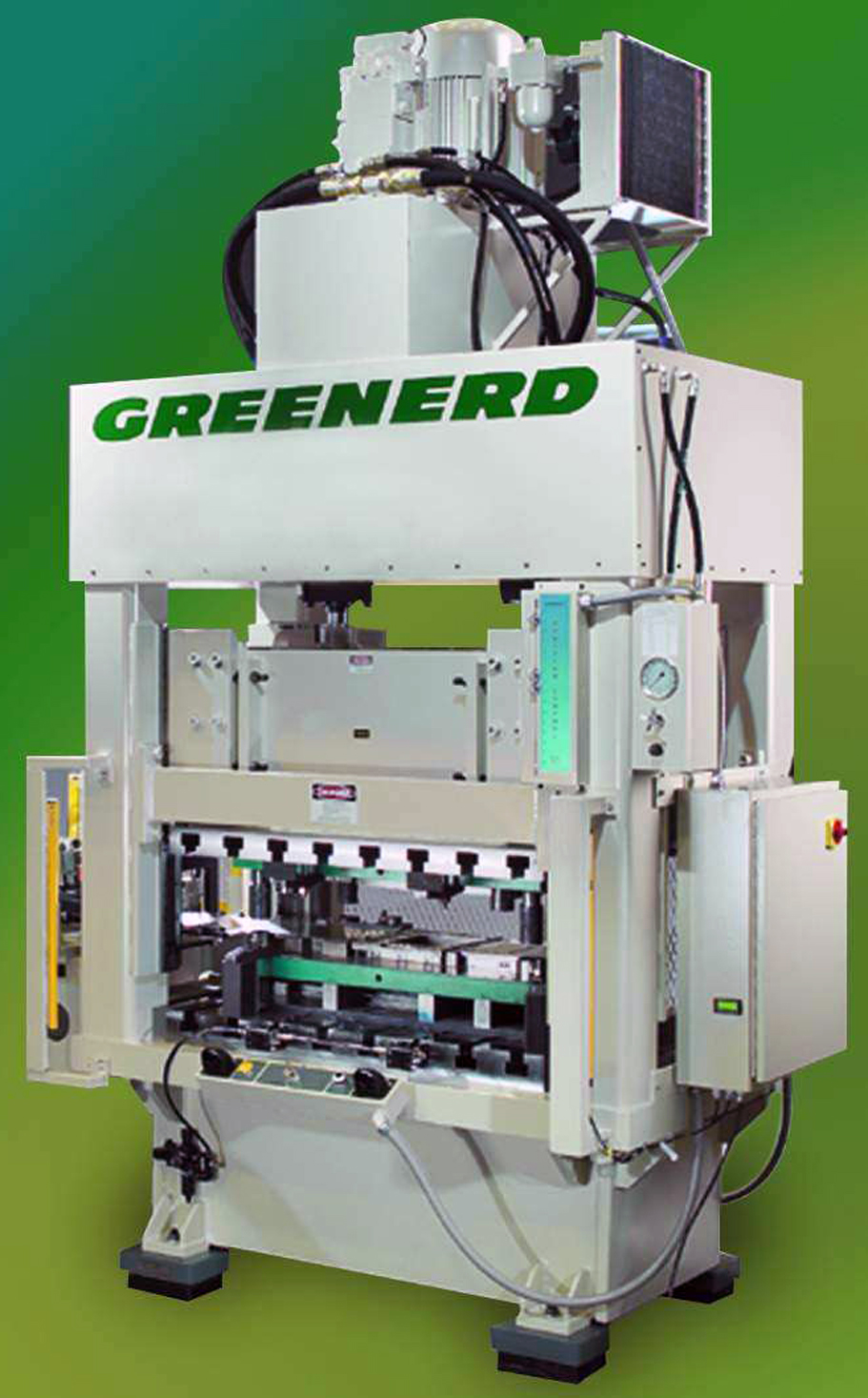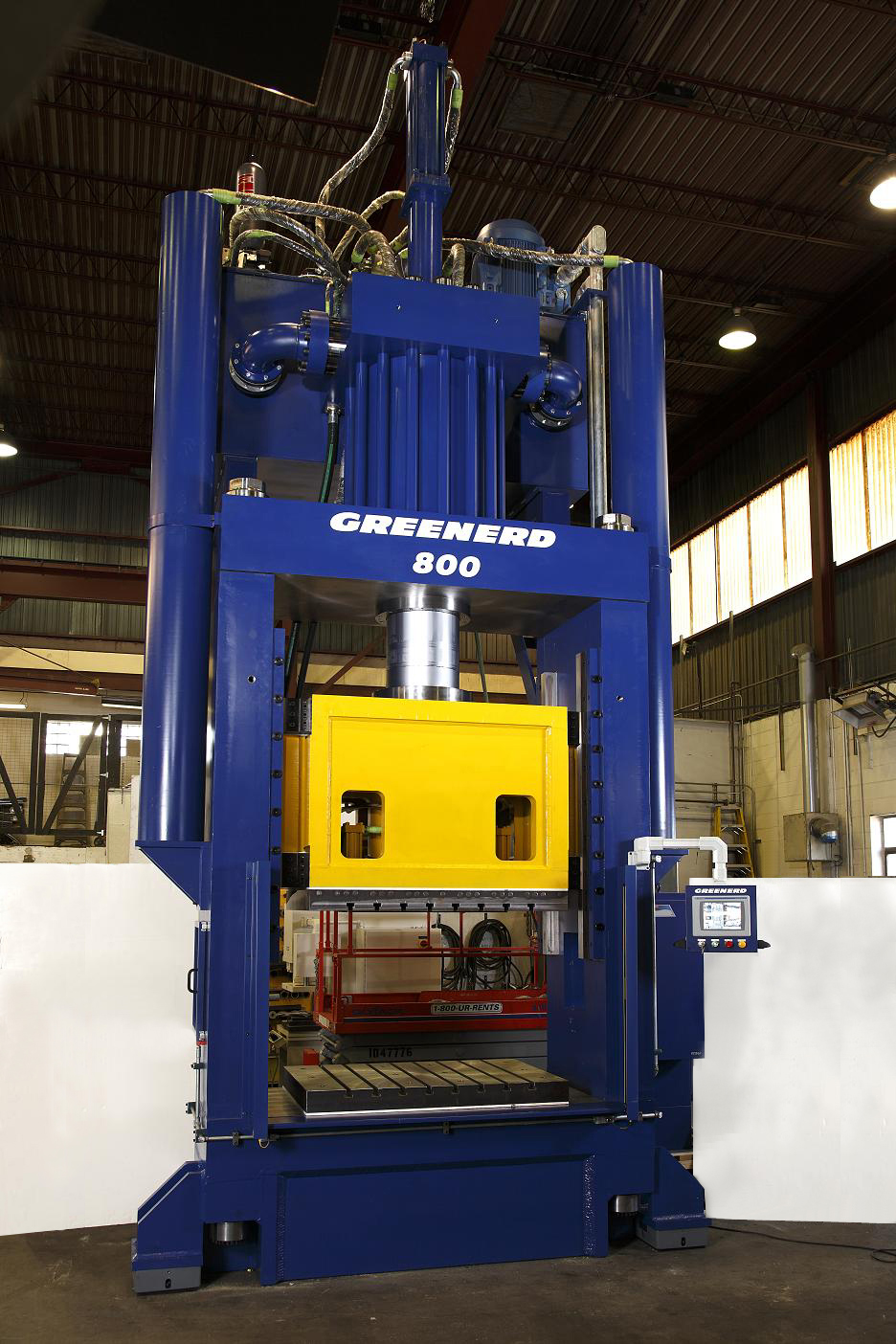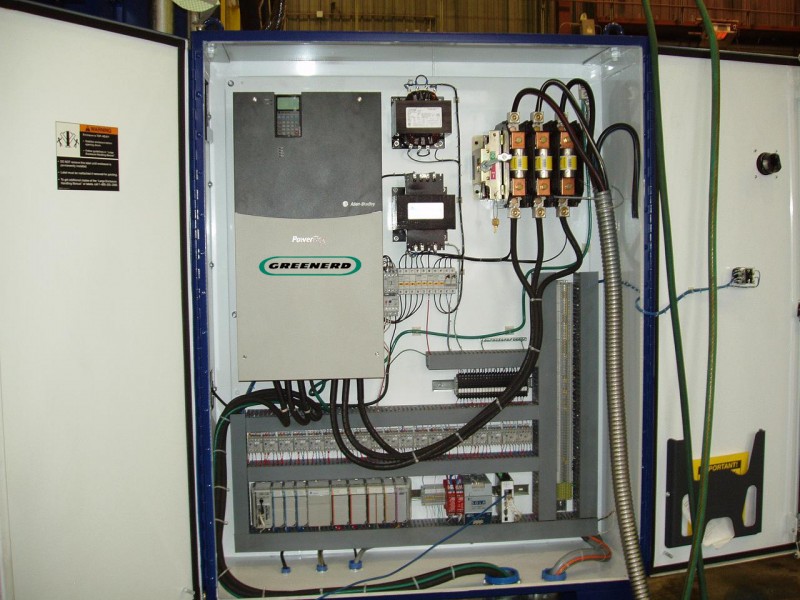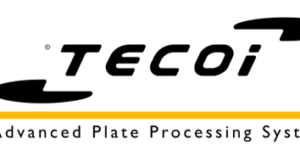VFDs and the Top Ten Reasons to Go Hydraulic
Do you need to become more competitive? Here’s how to carefully assess the jobs you are quoting with your current press processes and discover how hydraulic press technology will improve your productivity and your bottom line as you compete for smaller lots and varied applications.
Posted: March 16, 2012
WITH OR WITHOUT A VFD
Another competitive consideration with hydraulic presses is the use of variable-frequency motor drives (VFDs) to adjust and control the rotational speed, torque, direction and resulting hp of an alternating current (AC) electric motor. Hydraulic presses generally use AC electric motors running on voltages between 120VAC to 600VAC to supply the work/force/horsepower required to build tonnage. While motor hp ratings can range from one to several hundred, the following comparison on whether or not to use a VFD deals primarily with AC motors that are 20 hp and larger:
A hydraulic press without a VFD will (typically) turn its motor on when power is applied and only turn the motor off when either the power is turned off or an emergency stop condition is detected. The motor will remain running even when the press is idle (the platen not moving). A hydraulic press with a VFD will (typically) start the motor when the press is ready to do some work, turn off the motor when movement of the platen is not required, keep the motor off during press idle times, and can run the motor at slower speeds when the press is idle to allow for accumulators to be charged, the oil to be cooled, or oil to be filtered.
The cons to using a VFD include:
- The cost increase for the option.
- Takes up more physical electrical panel space to mount.
- Larger hp motors sometimes require additional cooling in the electrical box because of the heat they can generate.
- Requires a little more engineering programming up front.
The pros to using a VFD include:
- Saves energy costs by not running the motor when it is not needed.
- More energy saved by programming the VFD to ramp the motor up to speed (say over three to five seconds), eliminating the large electrical in-rush of current. This allows factories to keep their “surge” or “demand” amperage much lower.
- Allows speed control of the motor so it can run at slower speeds while idle to filter the oil, cool the oil, change accumulators, or other small hp demand requirements.
- Communicates through Ethernet (or with discrete inputs/outputs) to a PLC, allowing touch screen (and potentially recipe) control of motor on/off timing, idle speeds, and fault indications.
- Generates its own AC voltage to drive the motor and naturally isolate it from most voltage fluctuations or spikes in the factory electrical supply. This stable frequency/voltage also improves the life of the motor.
- Acts as a poor man’s transformer. For example, if a customer needs to run a press on 415VAC at 50Hz (hertz) and a 460VAC, 60Hz motor is needed for the application because of the rpm required, certain VFDs can be set to supply the motor’s electrical needs even though the factory supply voltages and frequencies are different or less. This saves the customer the cost of an expensive transformer to run the press and enables the OEM to achieve some new level of standardization.
In practical applications where the cycles per minute (cpm) of a press are high (above 15 cpm), justifying the cost of a VFD can be hard because there is simply not much press idle time. But presses running under 15 cpm can start to take advantage of the electrical cost savings. Motor hp is another factor to consider when considering a VFD. Typically the larger the motor hp used, the larger the energy savings can be. But remember that the larger the motor hp, the larger the up-front costs will also be.
Why not something else? Why not use a contactor or large relay to turn the motor on-off? The reason is that although there can be some cost savings because the motor will be turned off while the press is idle, the contactor will not help reduce the in-rush currents created by the motor turning on – and this can be a very large part of energy costs.
Others say, “Why not use a motor ‘soft-start’ device?”. Reason – a motor “soft-start” device can be less expensive than a VFD, and it can help to eliminate in-rush currents when the motor turns on / off, but it has no ability to control the speed of the motor. Not allowing for slow speed oil filtering/cooling or accumulator charging while the press is idle. It has no electrical supply filtering.
IS IT TIME?
A serious look at your current applications and press processes is well worth the time and effort. After a careful assessment, you may discover that hydraulic press technology is the solution to improve your productivity and your bottom line as you compete for ever-growing demands for smaller lots and varied applications – trends that will only increase in the future.















